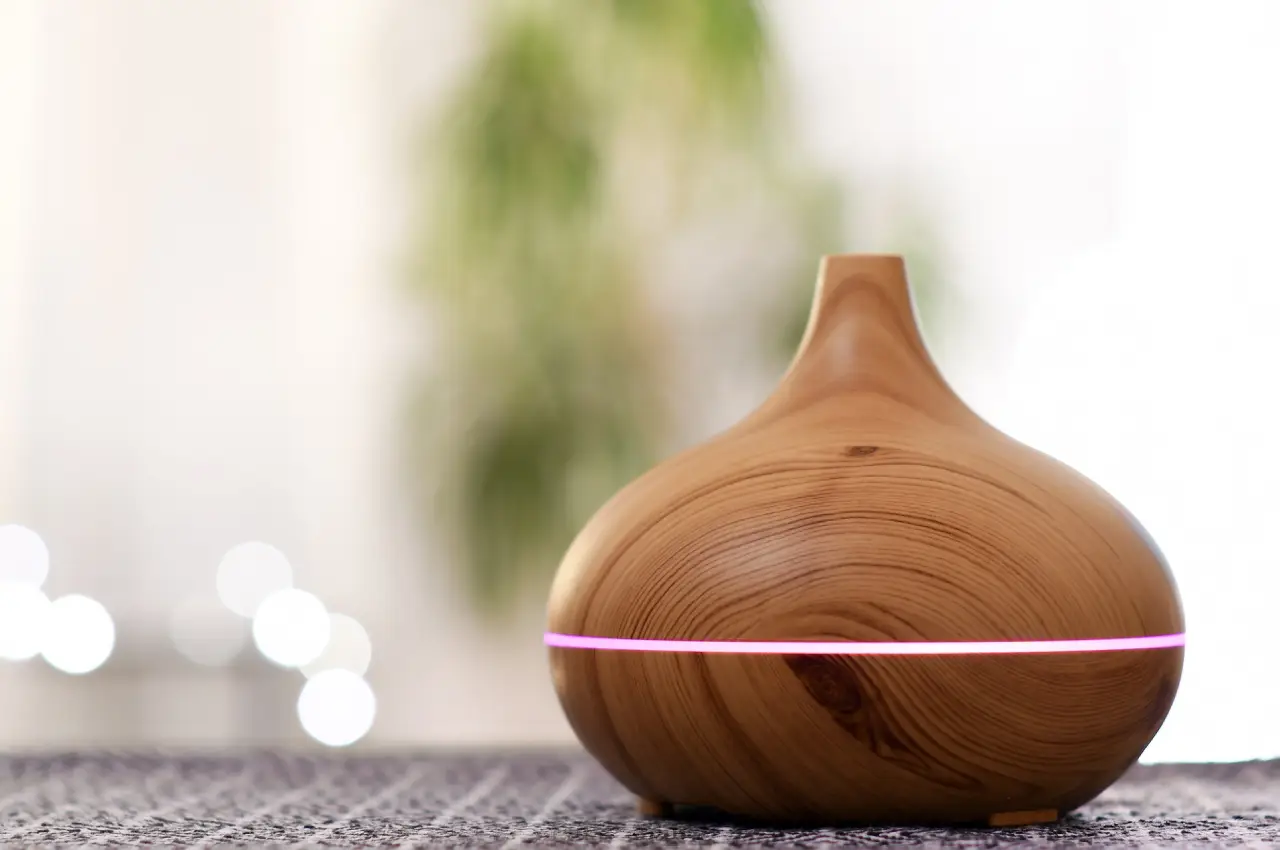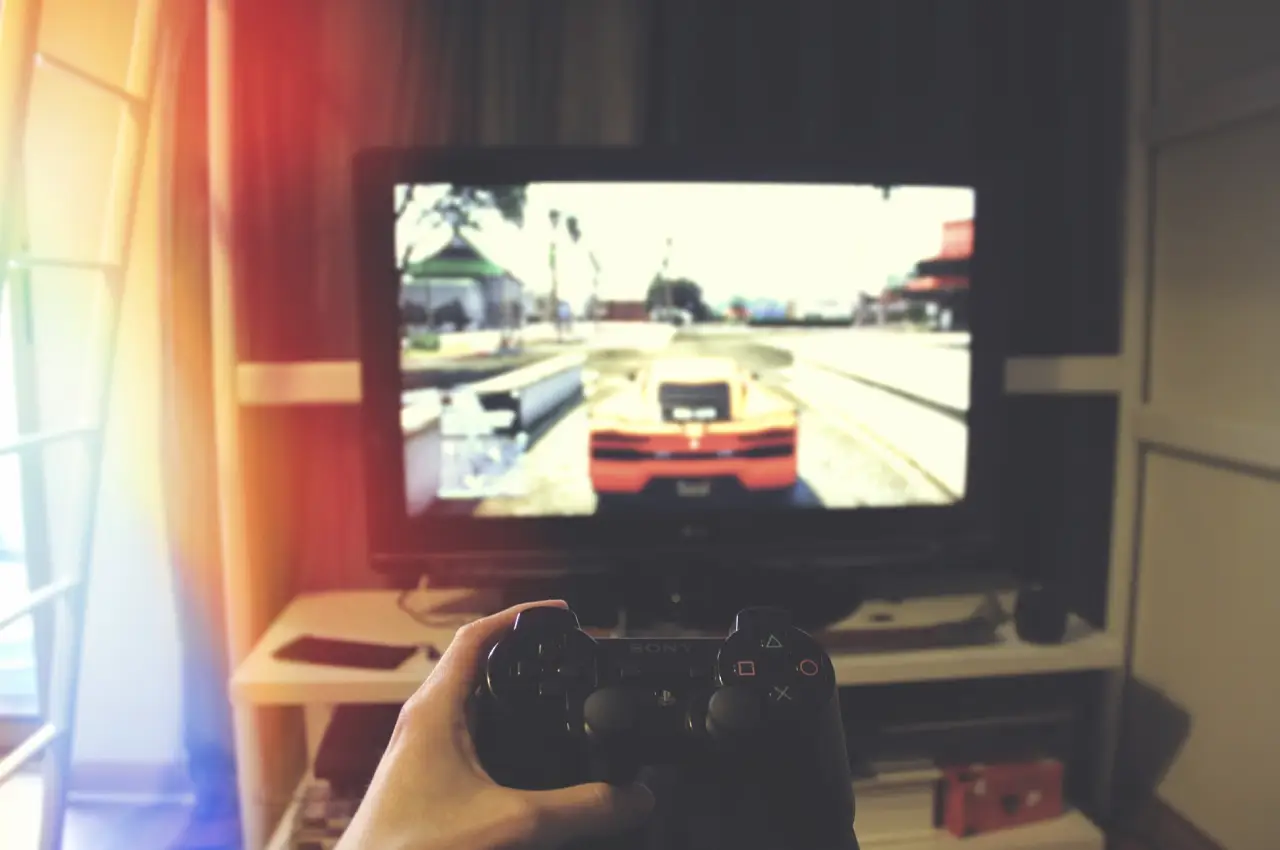
Laptop Specifications 101: Breaking the Buzzwords
Shopping for a laptop can be like navigating a maze filled with technical jargon. Breaking down the buzzwords aims to demystify these laptop specifications terms in an engaging, understandable way. Let’s dive in!
CPU: The Brain of Your Laptop
Think of the CPU (Central Processing Unit) as the brain of your laptop. It’s responsible for executing commands. Intel and AMD are the big players here. Remember, higher numbers in model names usually mean more power. For example, an Intel Core i7 is generally more powerful than an i5.
It’s like choosing a chef. A master chef (i.e., a high-end CPU) can whip up a gourmet meal (complex tasks) quicker than an apprentice (lower-end CPU).
RAM: Your Multitasking Friend
RAM (Random Access Memory) is crucial for multitasking. The more RAM you have, the more tasks your laptop can handle simultaneously without slowing down.
Imagine a desk. A larger desk (more RAM) means more space to work on different projects at once without having to put something away first.
Storage: SSD vs. HDD
Storage is where your files live. SSDs (Solid State Drives) are faster but usually more expensive than HDDs (Hard Disk Drives).
SSDs are like having a super-fast filing system where you can instantly find what you need. HDDs are more like a traditional file cabinet where it takes longer to find files.
Display: More Than Just Size
When it comes to displays, resolution and panel type matter. Higher resolution offers sharper images. IPS panels provide better viewing angles and color than TN panels.
It’s like comparing a high-definition photo (high-resolution IPS display) to a standard photo (lower resolution TN display).
Battery Life: The Long Haul
Battery life is key for portability. It varies based on usage and specifications. Look for laptops with longer battery life if you’re always on the go.
It’s akin to a water bottle. A larger bottle (better battery life) means you can stay hydrated (work or play) longer without needing a refill.
Graphics Card: For the Visuals
Integrated graphics, built into the CPU, are fine for basic tasks. For gaming or video editing, a dedicated graphics card, like NVIDIA or AMD, is better.
Think of it as hiring an artist. For a simple sketch (basic tasks), anyone can do. But for a masterpiece (gaming/graphics work), you need a professional artist (dedicated graphics card).
Ports and Connectivity: Your Laptop’s Social Life
USB, HDMI, Thunderbolt – these are ways your laptop connects to other devices. More ports mean more flexibility in connecting peripherals.
Consider it like a party. More types of drinks and snacks (ports) mean guests (peripherals) have more options to enjoy.
Operating System: The Environment You Work In
Windows, MacOS, and Linux offer different user experiences. Your choice depends on your comfort level and the software you need.
It’s like choosing a home. You want one that feels comfortable and suits your lifestyle (software needs and user experience).
Build Quality and Design: Beyond Looks
Good build quality means durability. A lightweight design enhances portability. But remember, sleek designs can sometimes compromise on other features.
It’s like buying clothes. You want them to look good (design) but also last a long time (build quality).
Price: Balancing Cost and Needs
Set a budget that balances cost with your specific needs. Higher price doesn’t always mean better performance for your specific tasks.
It’s like grocery shopping. You don’t need gourmet ingredients (high-end specs) for a simple meal (basic tasks).
Understanding laptop specifications doesn’t require a tech degree. It’s about knowing what each component does and how it aligns with your needs. Whether you’re a student, a professional, or a casual user, the right knowledge can lead you to the perfect laptop.
Now, let’s hear from you! Did this guide clarify the laptop specifications jargon for you? Are there other tech topics you’d like us to break down? Drop a comment below and join the conversation!





